|
After cruising from Montevideo overnight, we had arrived at our final port of call on the Celebrity Eclipse - the beautiful city of Buenos Aires. While this was the last port we would be visiting from the Eclipse, our disembarkation would not be until the next day, so we had the benefit of one final dinner and night about the ship. The Port of Buenos Aires is the largest and busiest in Argentina resulting in a considerable amount of congestion around the port. This meant that we needed to take a shuttle from the ship to the main terminal building which resulted in having to wait around 20 minutes before an empty shuttle was available. At the terminal, we met up with our driver and guide Valeria, who would be taking us on a private city tour of Buenos Aires. Leaving the terminal on route to our first stop of the day, the Recoleta Cemetery, we passed through the Retiro neighbourhood and the famous Floralis Generica, a steel and aluminum sculpture in the shape of a giant silver flower. What is unique about this sculpture, that was erected in 2002, is that the petals of the flower open and close depending on the time of day. Typically, the flower opens at 8:00am and closes at sunset when it emanates a red glow from inside. Unfortunately for us, the flower had not been working for the last 3 months and the petals were partially closed. As we continued our drive to Recoleta, we passed by spacious parks with magnificent, mature trees and green space. Valeria told us that the city provides free exercise classes in the parks and we were able to see small groups of people practicing yoga and other activities as we drove by. The city has a very European feel and we were immediately reminded of Paris. I wasn’t sure what to expect when we arrived at the Recoleta Cemetery. We have seen some pretty amazing cemeteries in our travels, including the St. Louis Cemeteries in New Orleans, the Mount of Olives Jewish Cemetery in Jerusalem and a little known but remarkable one in the town of Sete in Southern France. The Recoleta Cemetery is often referred to as “the World’s Best Cemetery”, and after spending more than an hour walking through the labyrinth of marble tombs and monuments, I can see how it got its moniker. It is unlike any cemetery we have ever visited. While the tombs are all above ground, like the famous cemeteries in New Orleans, Recoleta is far from gloomy. It resembles an elaborate city with stately pillars and elaborate carvings that is home to nearly 10,000 deceased patrons. Each mausoleum contains 7 to 14 people descends 2 levels underground. The cemetery is the burial site of some of the most famous figures in Argentina, including the iconic Eva “Evita” Peron, who was Argentina’s First Lady while her husband, Juan Peron was President of the country. Eva Peron died of cancer in 1952, but because of military upheaval in Argentina at the time, her body went missing and was not buried in Recoleta until 1972. Her tomb is simple compared to many others in the cemetery, but it is one of the most visited. Her final resting place is 5 metres underground in a fortified bunker that is presumed to prevent her remains from ever becoming disturbed again. Recoleta is definitely a “must see” on any visit to Buenos Aires. Leaving the Recoleta Cemetery, we passed by the Obelisca de Buenos Aires - a National Historic Monument, and the symbol of Buenos Aires. We also had a chance to see the Palace of the Argentine Congress which was constructed at the end of the 19th century and is currently being restored. Not far from the National Congress we stopped in front of the Teatro Colon (Columbus Theatre), which is the main opera house in Argentina where Kim had booked a tour for us. I have to admit, I am not much of an opera person, but was willing to do the tour nonetheless. I was more than pleasantly surprised. This theatre is an architectural marvel, which was refurbished from 2005 to 2008 by more than 1500 workers at a cost of $100 million dollars. It has elaborate decor with carved columns, stunning stained glass windows and skylights and spacious ante rooms. The main theatre is horseshoe shaped and rises 6 stories above ground and 3 below. It is considered to be one of the top 5 performance venues anywhere on the globe and has hosted the top singers and conductors in the world. The acoustics are so precise that Luciano Pavarotti, the renowned tenor, found it the most challenging theatre to sing in because it amplified every mistake. Following our tour of the theatre we stopped to walk around Plaza de Mayo which is surrounded by some of the most impressive buildings in Buenos Aires including the Casa Rosada (Pink Palace) which was originally the old Customs House, but now houses the offices of the Argentine President. We also got a chance to see Cabildo de Buenos Aires, a colonial style building that houses a museum of the Cabildo (post-colonial administrative council) and the May Revolution. Before leaving the plaza we visited the Metropolitan Cathedral, home of the Archbishop of Argentina, the most famous being Archbishop Jorge Mario Bergoglio, who is now Pope Francis. We left Plaza de Mayo and drove about 10 minutes to another plaza in San Telmo. This area is the birthplace of Tango and the most famous market in Buenos Aires, a sprawling indoor and outdoor market. We meandered through several aisles of the market taking in the smell of fresh vegetables and fruits along with cooking dishes that were being prepared in the various bars and cafes. We stopped at tiny cafe called El Hornero that had a stand up bar in front of a brick oven. Valeria told us this was the best place to try an empanada. The place was fairly busy and after ordering we waited about 10 minutes for ours to be freshly prepared and baked. It was well worth the wait. The empanada crust was hot and flaky. The beef filling was steaming and full of rich, tangy flavour. After our visit to the market, we continued on our city tour and drove into La Boca neighbourhood which was originally settled by Italians. One of the major venues in La Boca is the football (soccer) stadium - Bombonera. It is unique because the stadium, and the area surrounding it is all blue and yellow, the team colours. La Boca is a lively area. The Italian influence is evident everywhere with colourful buildings, shops and restaurants, many decorated with artistic graffiti and murals. People are chatting and walking and even dancing tango in the streets. After finishing our tour with Valeria, she dropped us off in a popular area with restaurants. We stopped at a restaurant called La Abuela, an outdoor cafe where we had a meat and cheese lunch (and some wine). After lunch we visited the Generica Artisnal market in Plaza Francia before taking a cab ride back to the ship where we relaxed for a bit before our last night on the ship. We went to our usual dinner seating for our final dinner and enjoyed succulent Prime Rib of Beef. We were somewhat sad when we bade farewell to our attentive servers Marino and Pinto who had kept us fed and amused for last 13 nights. Returning to our stateroom we packed our bags and spent the rest of the evening relaxing on balcony.
Continue to Day 16 - click here
0 Comments
Your comment will be posted after it is approved.
Leave a Reply. |
Sharing Our Travel DreamsSharing our personal experiences onboard and on the road, along with tips and insight for creating memorable vacations. Archives
March 2021
Categories
All
|
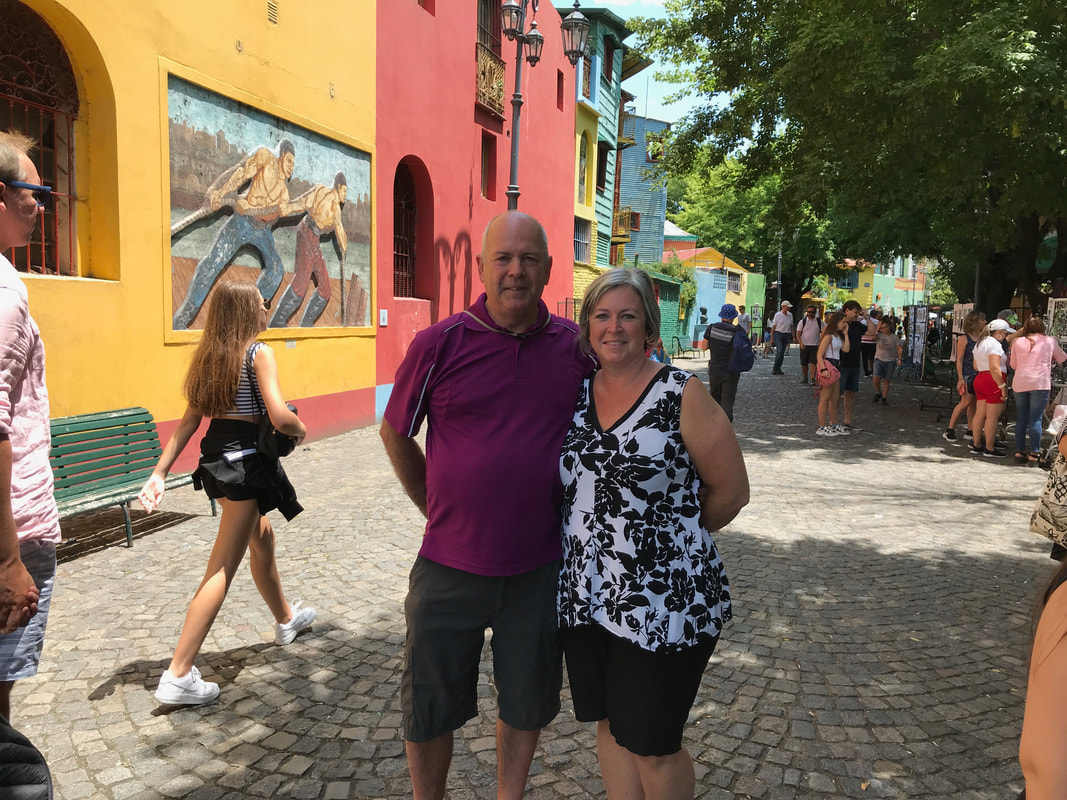
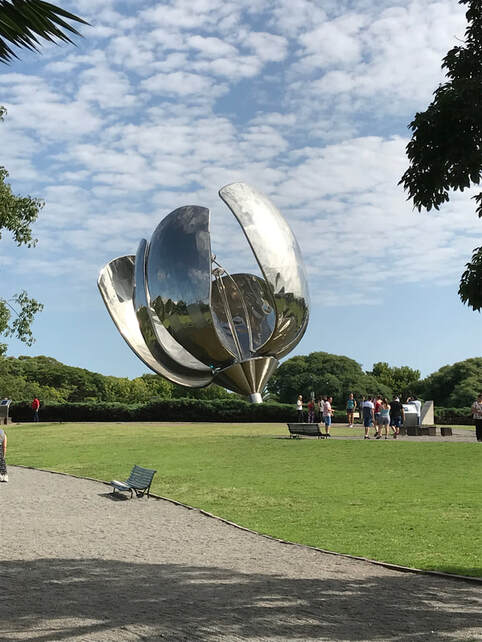
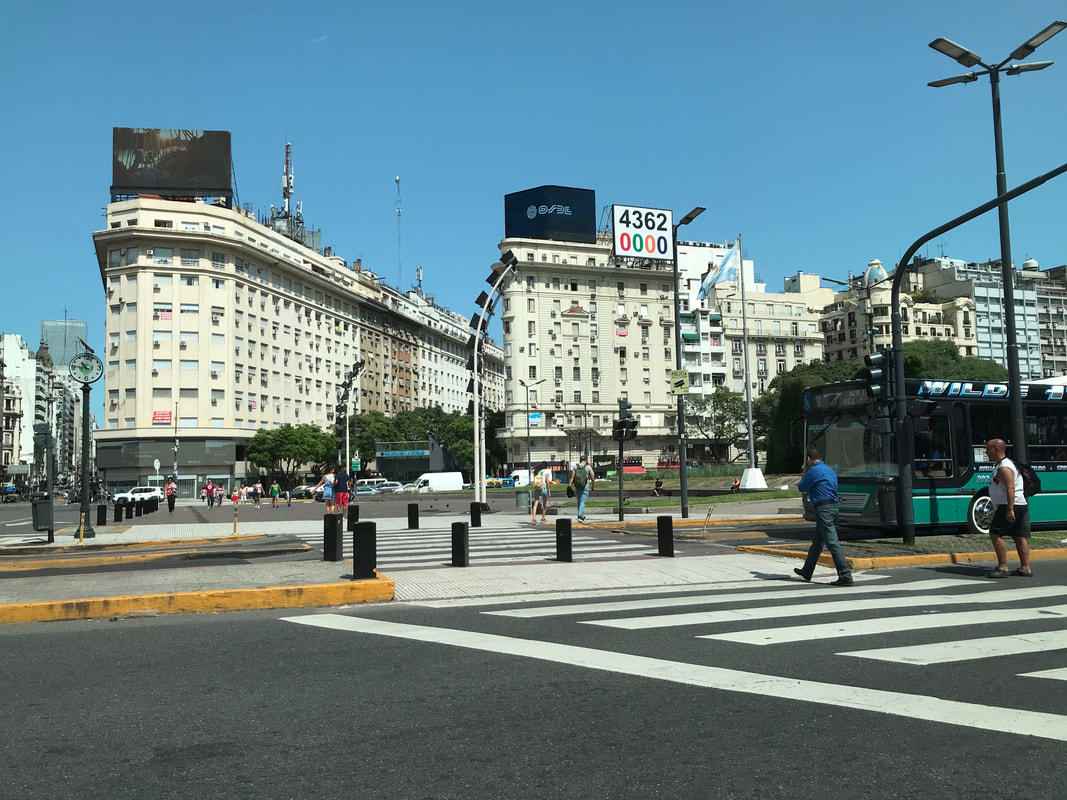
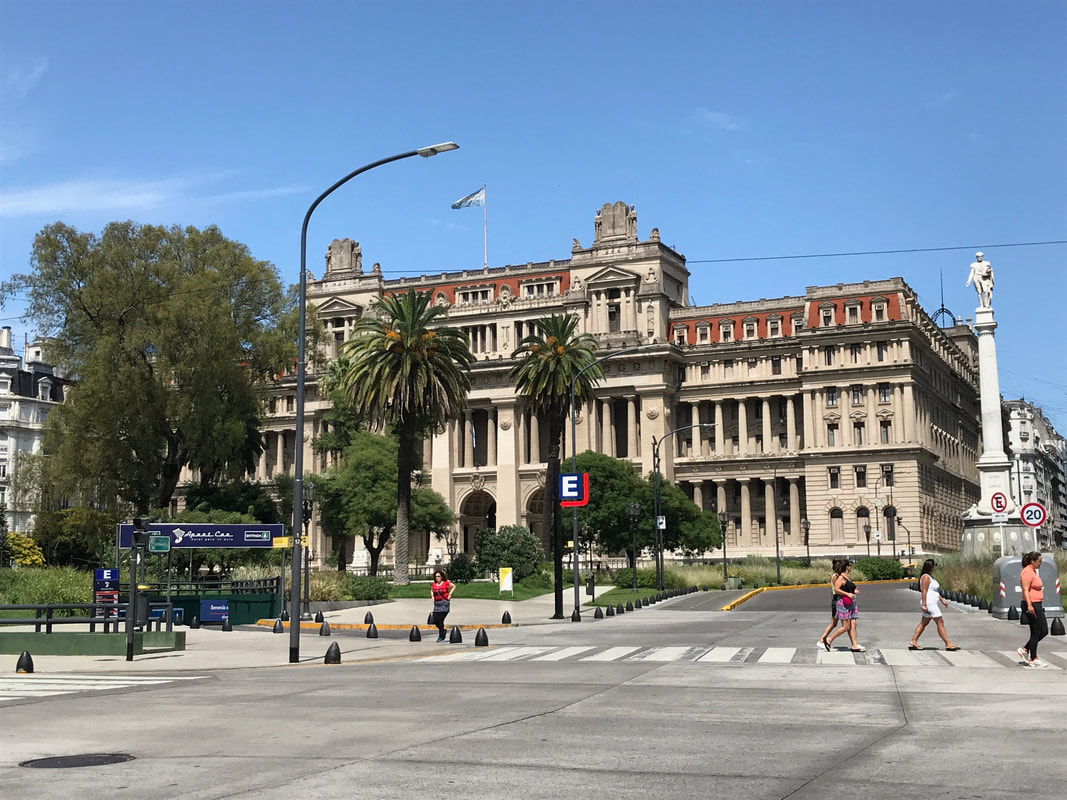
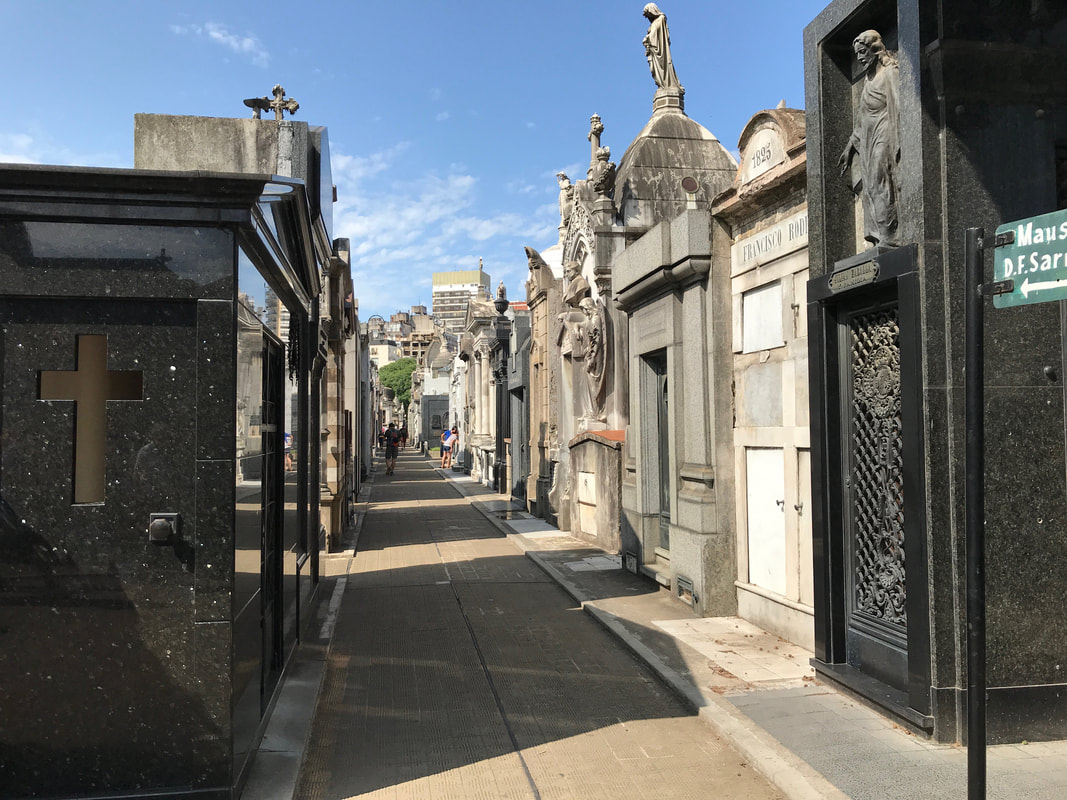
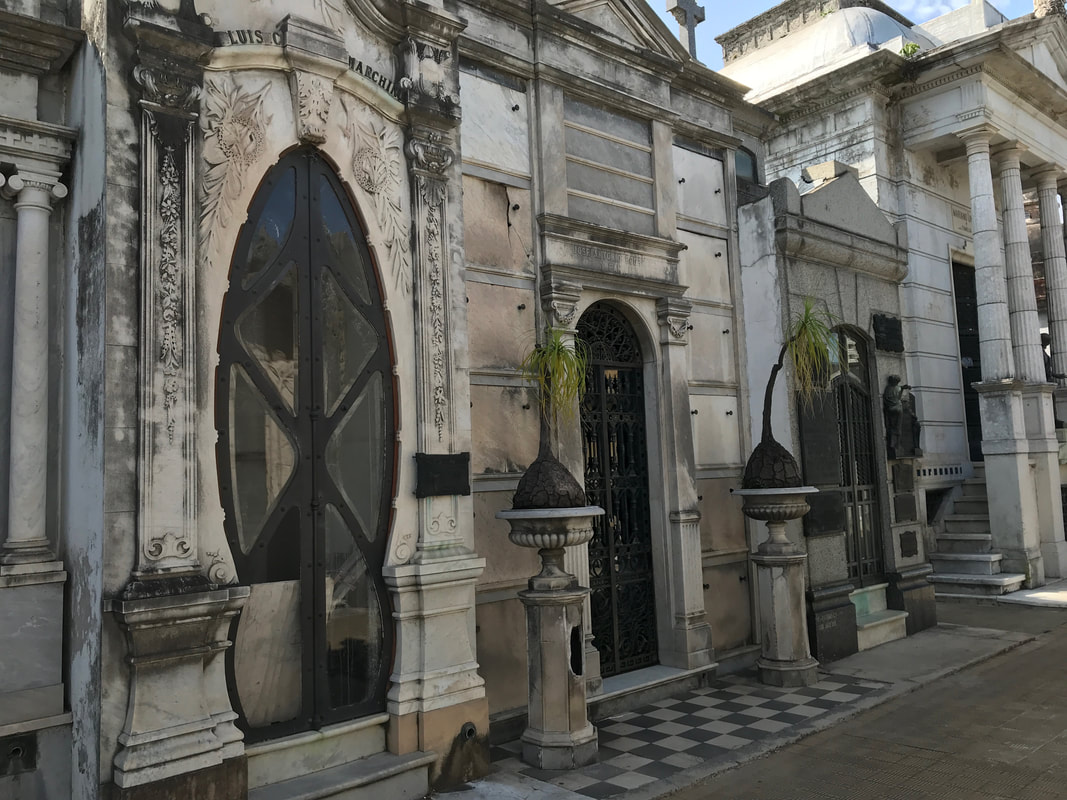
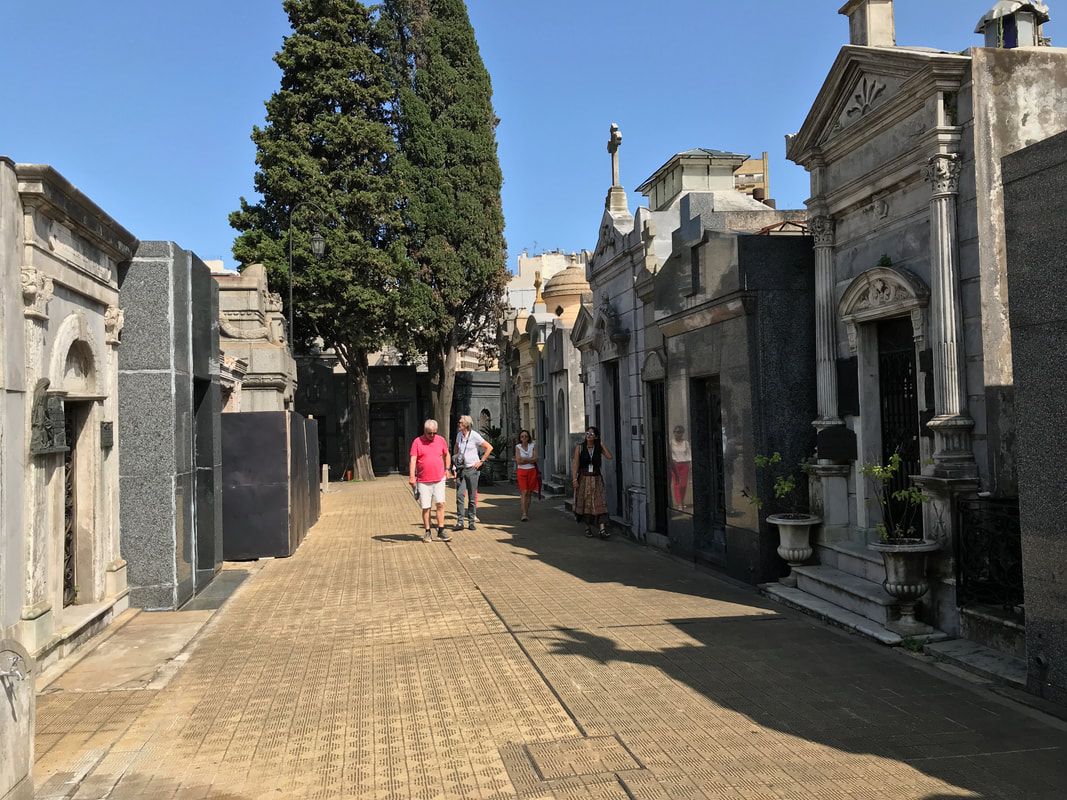
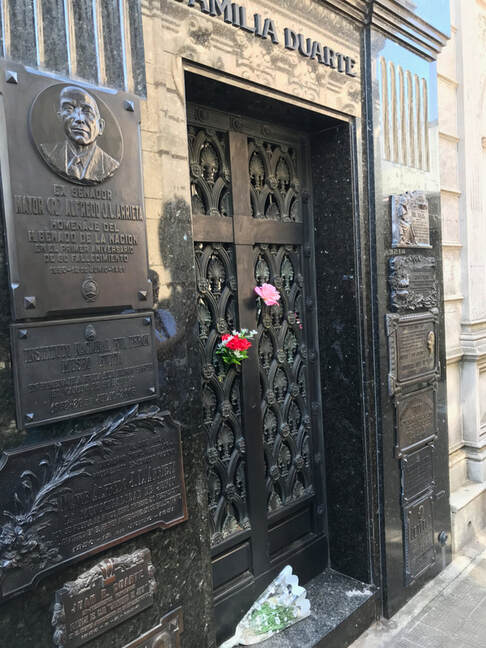
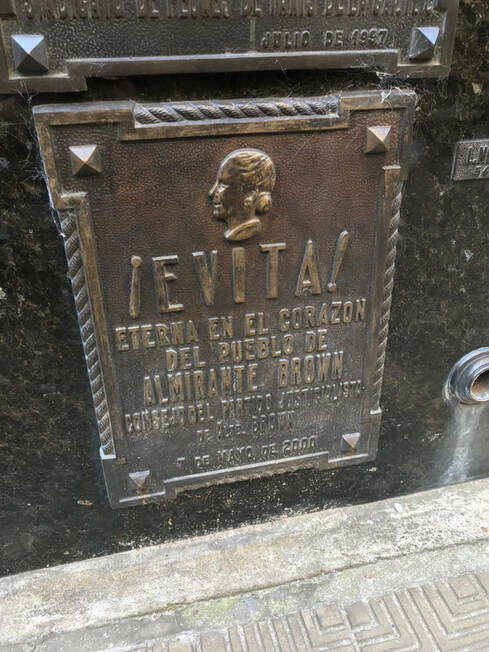
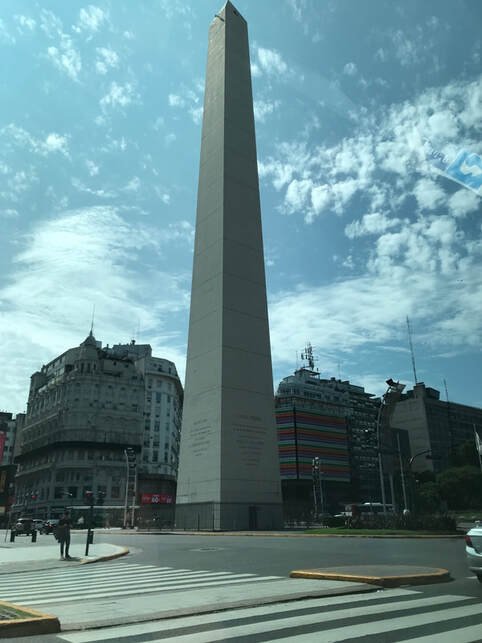
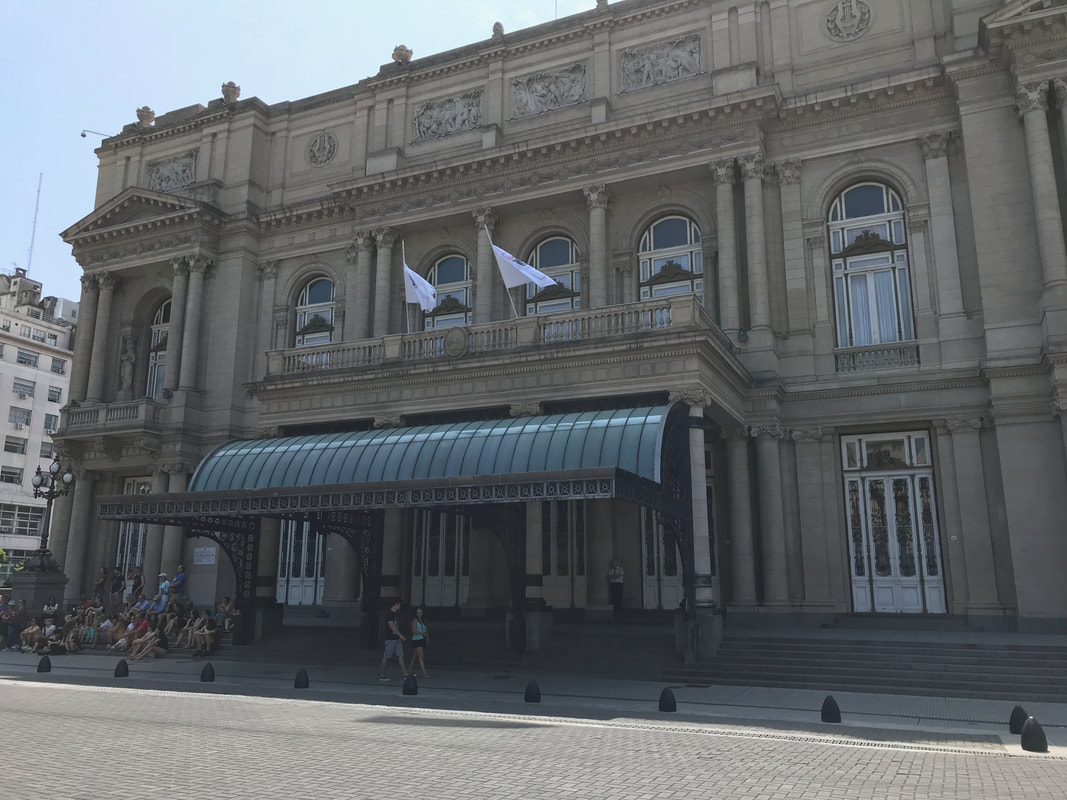
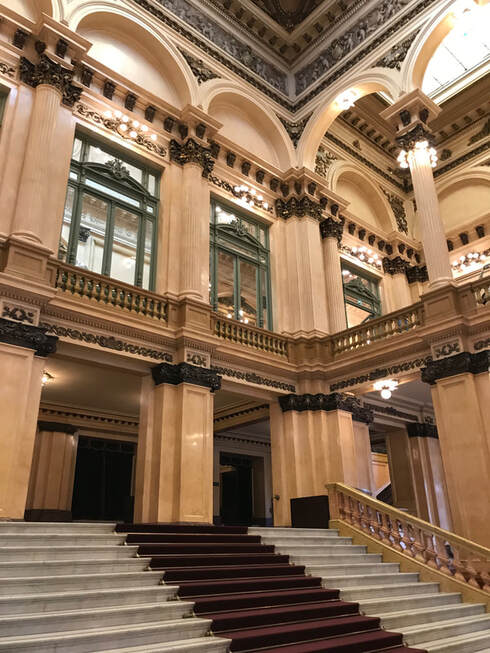
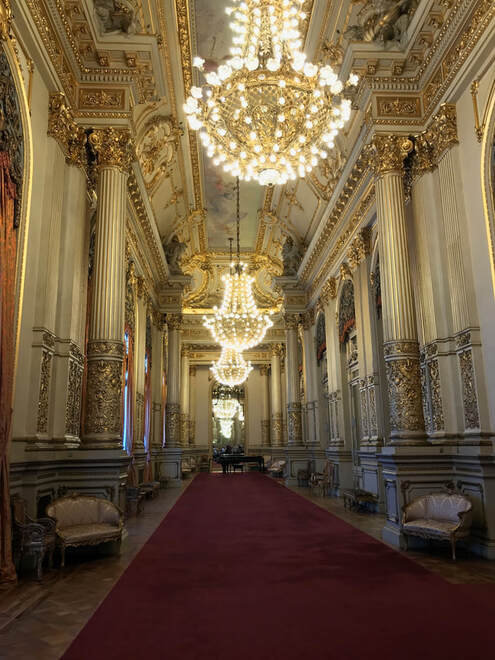
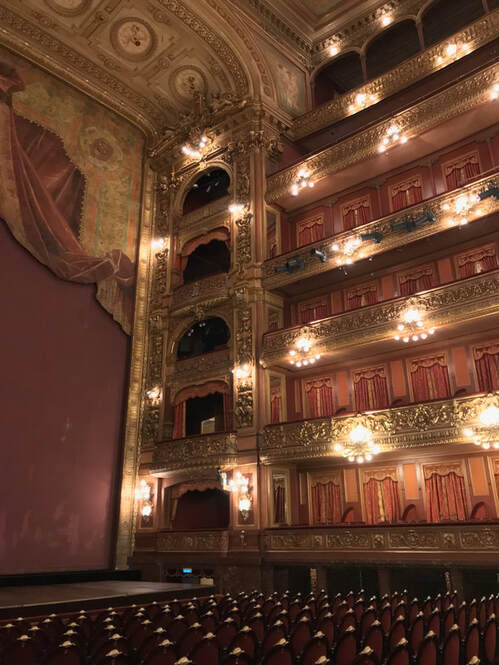
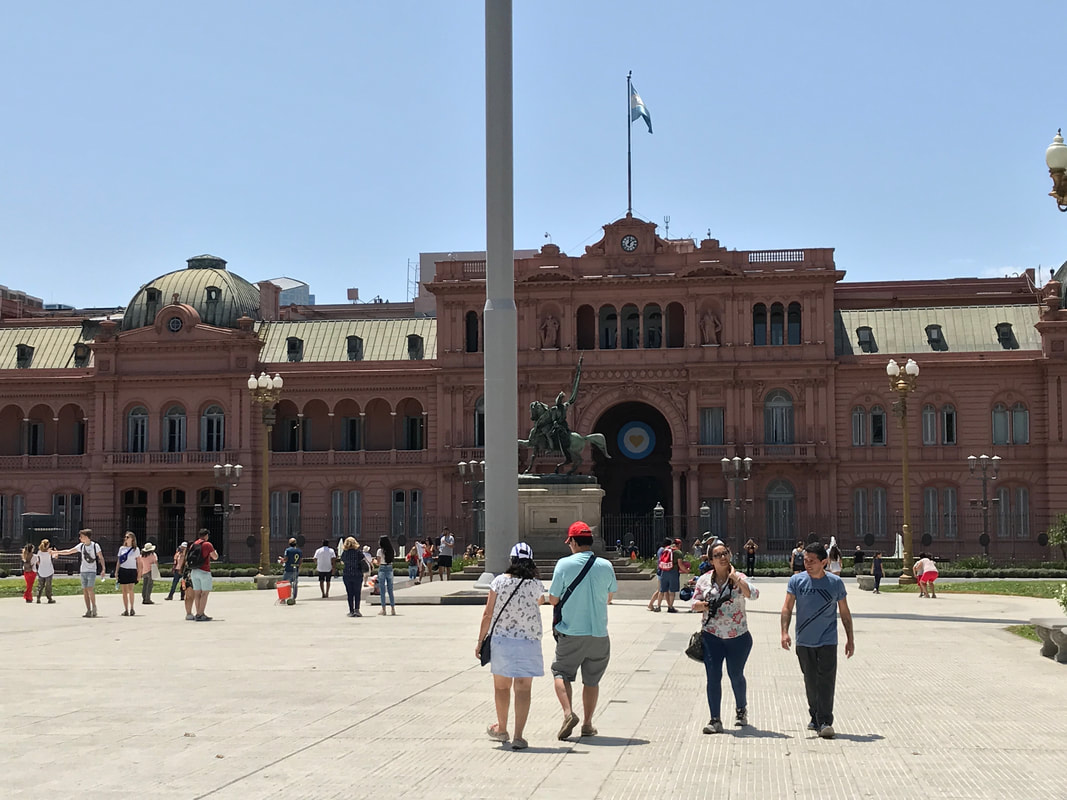
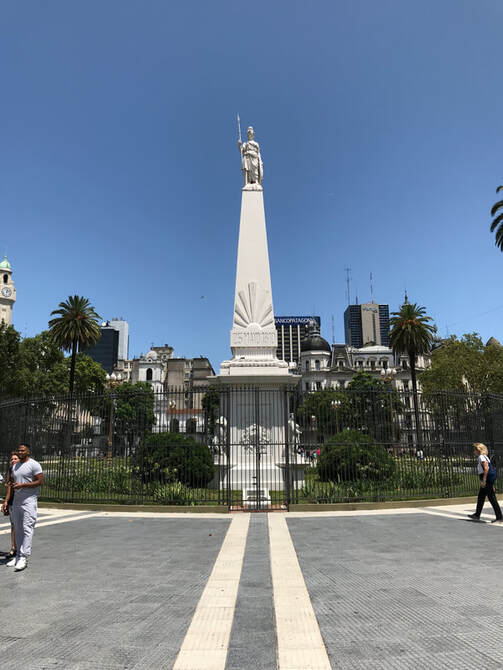
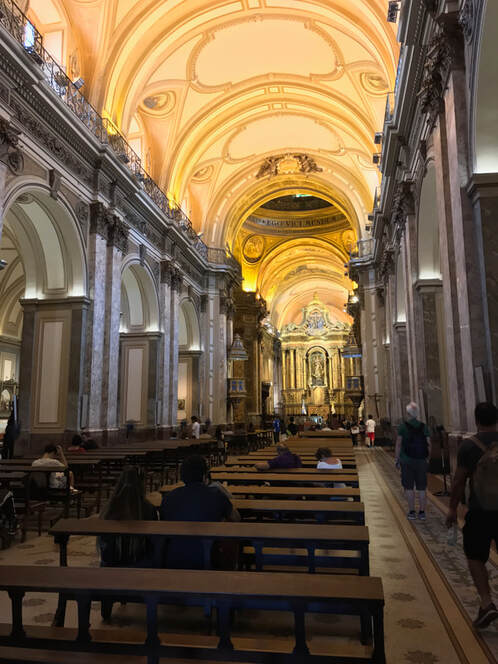
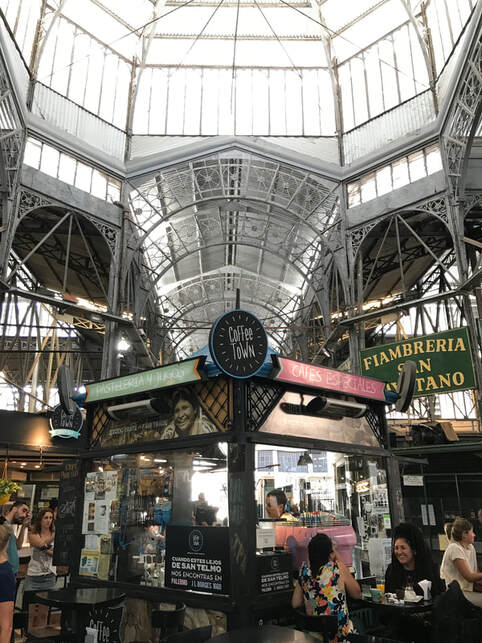
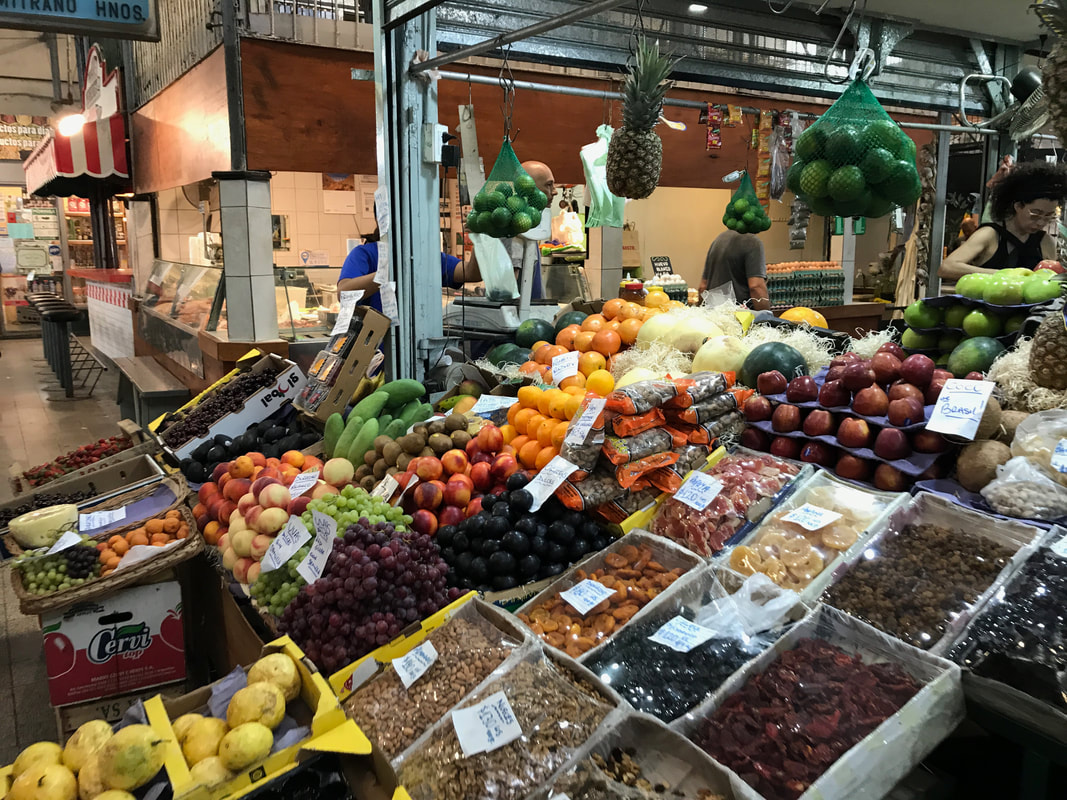
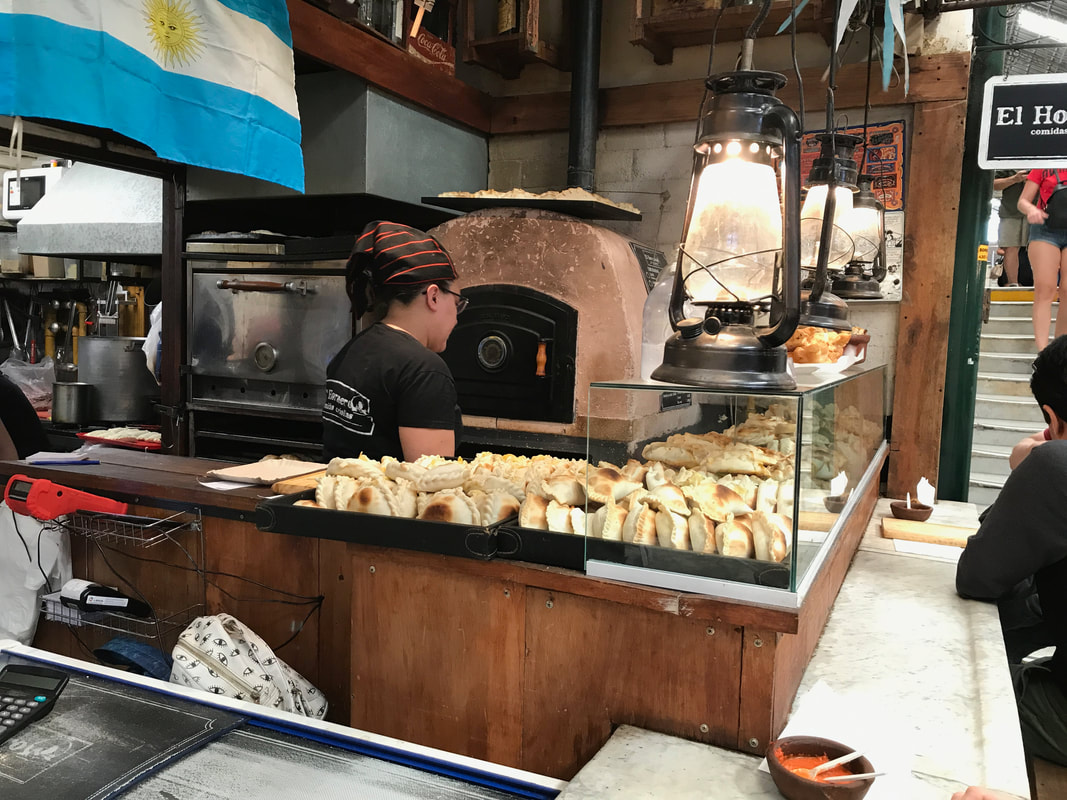
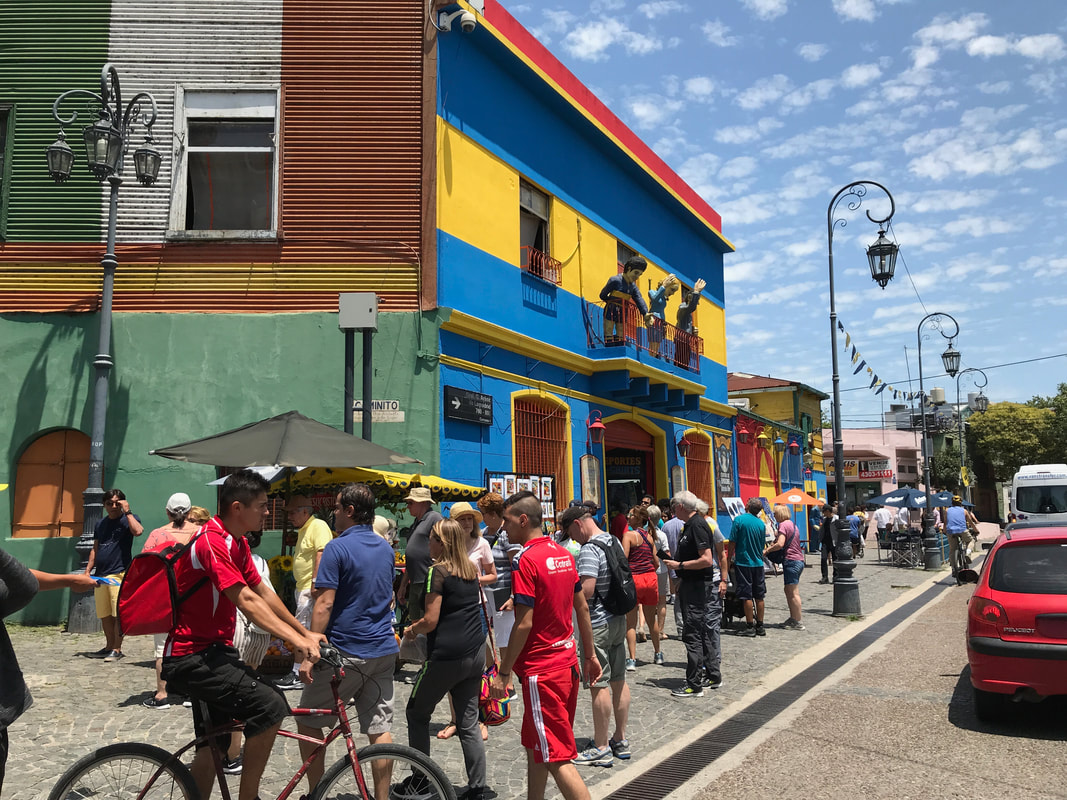
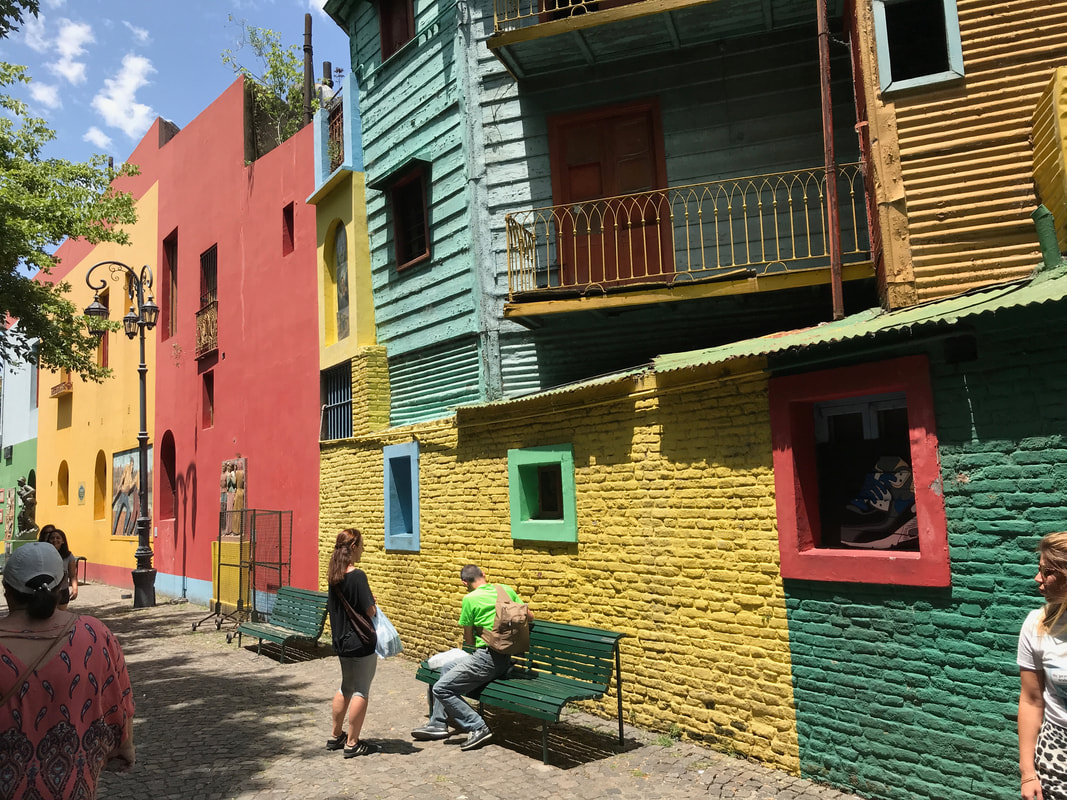
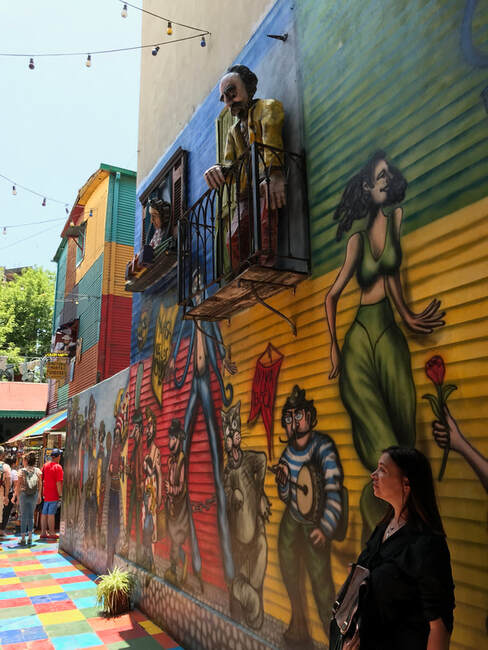
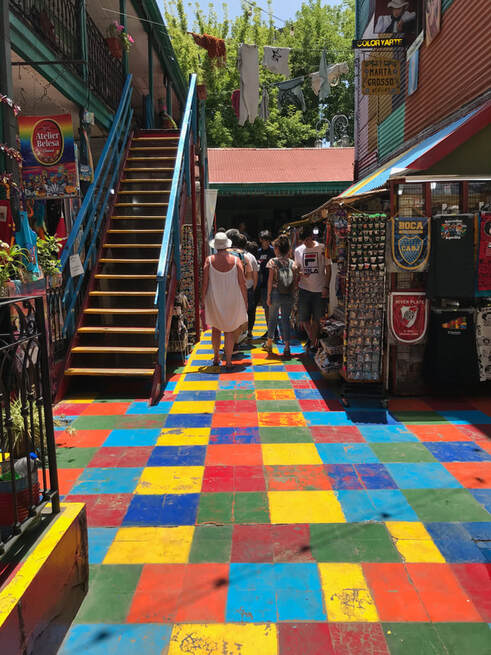
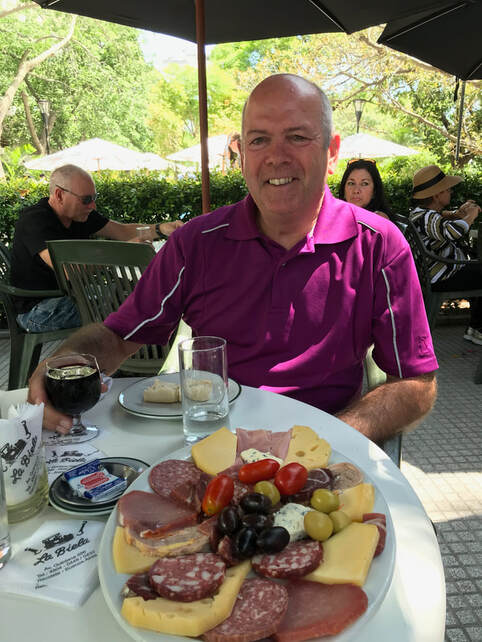
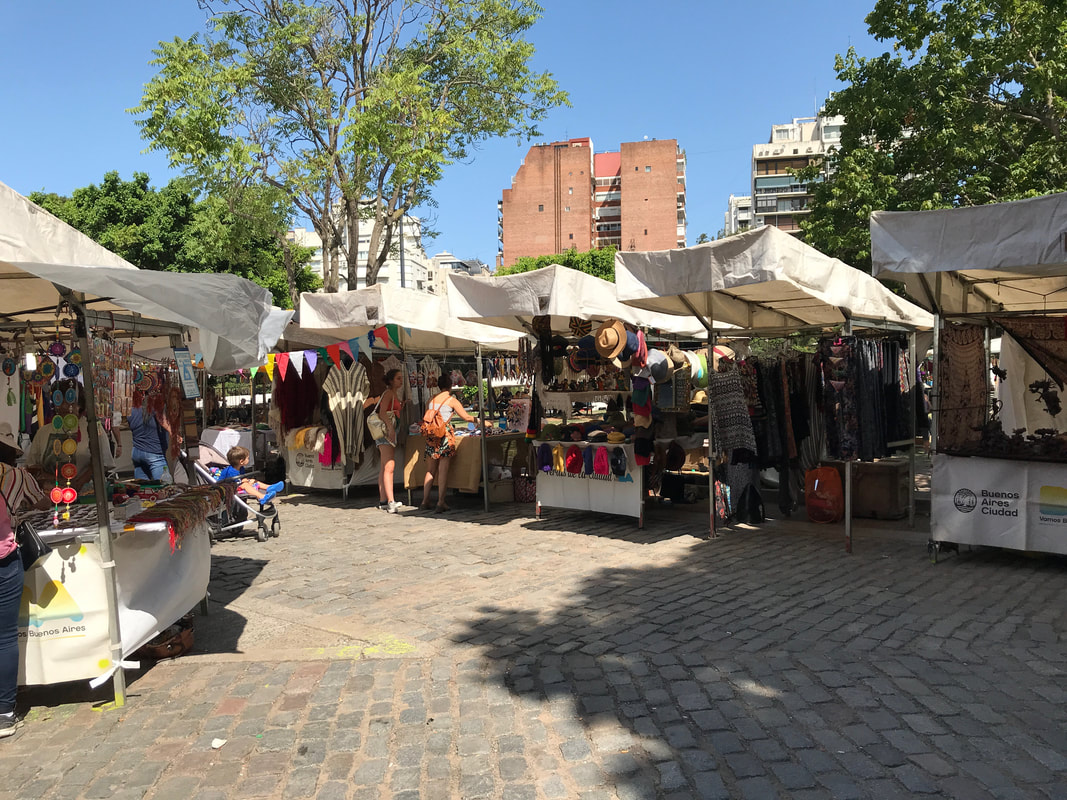
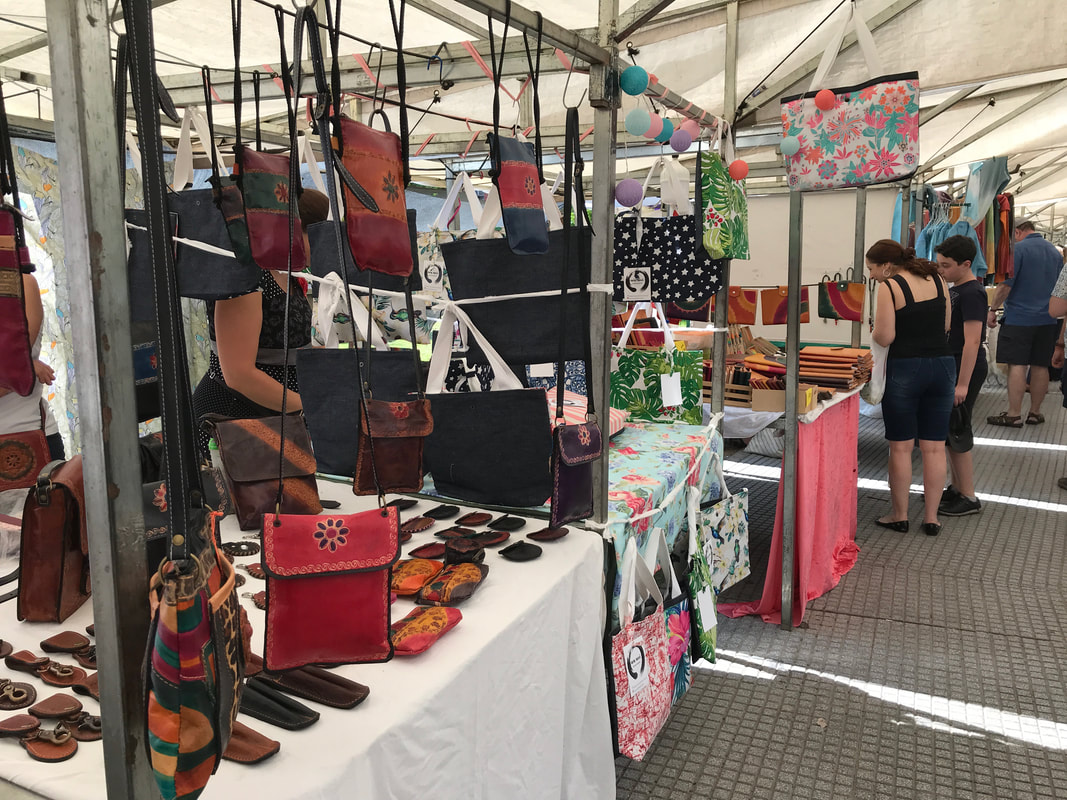
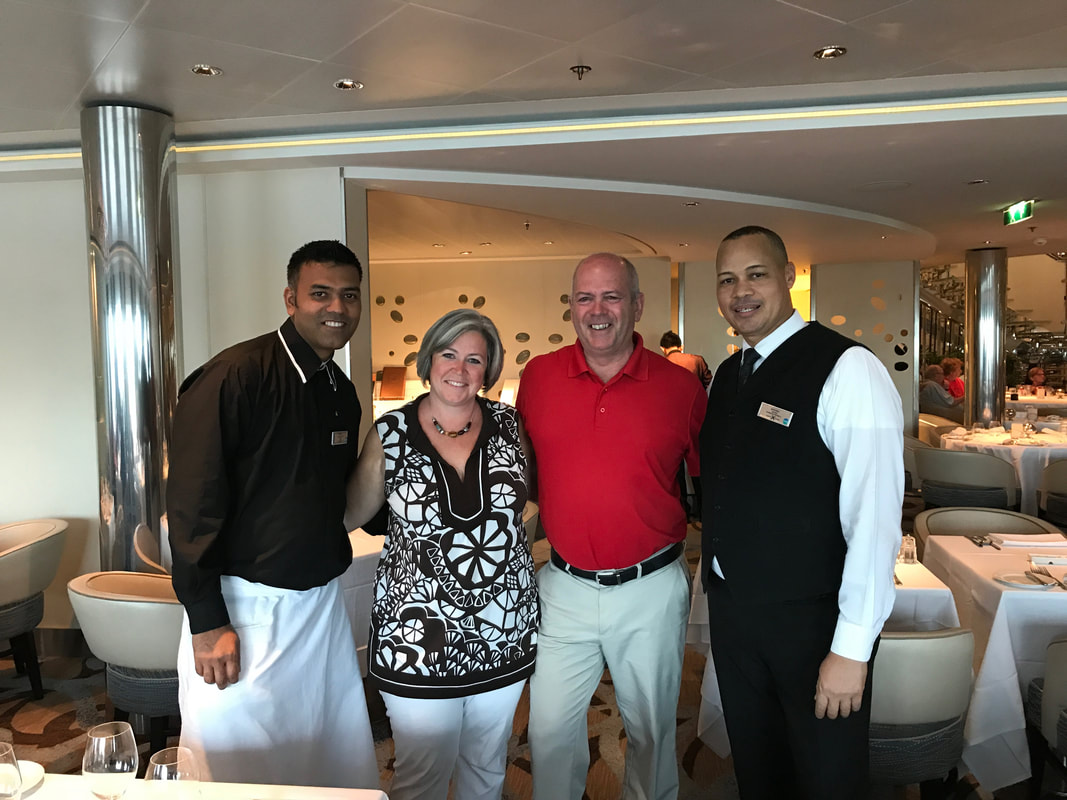
 RSS Feed
RSS Feed